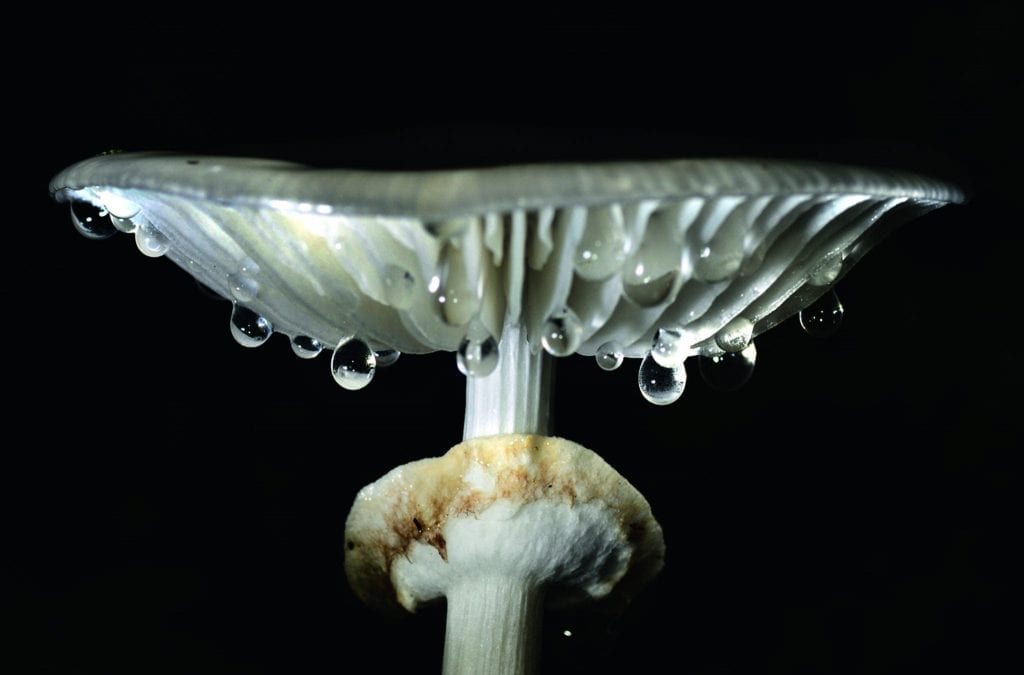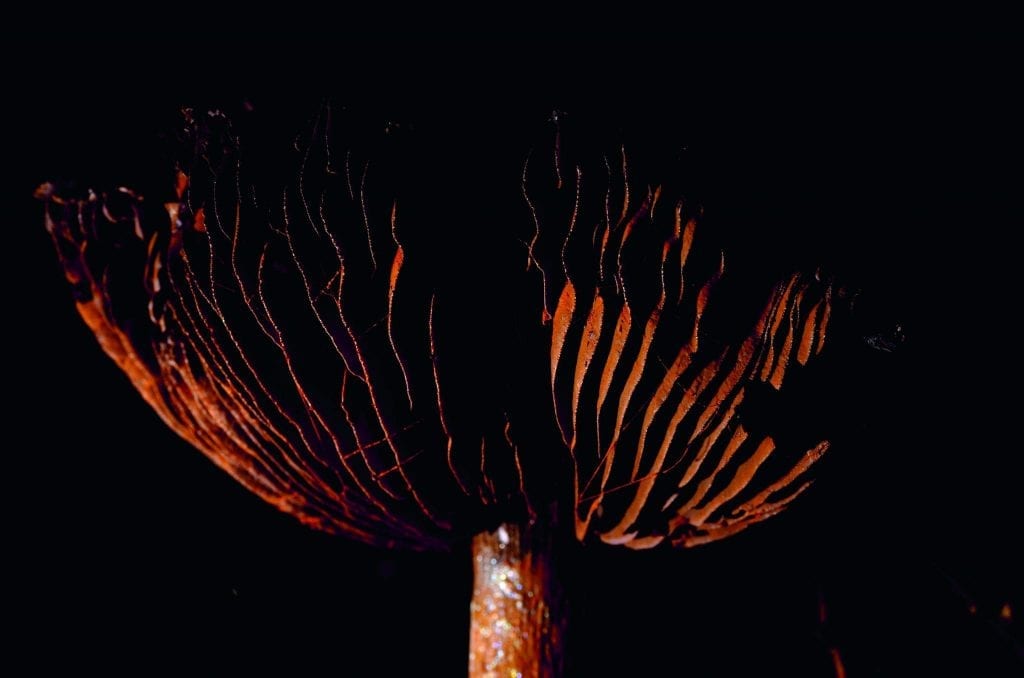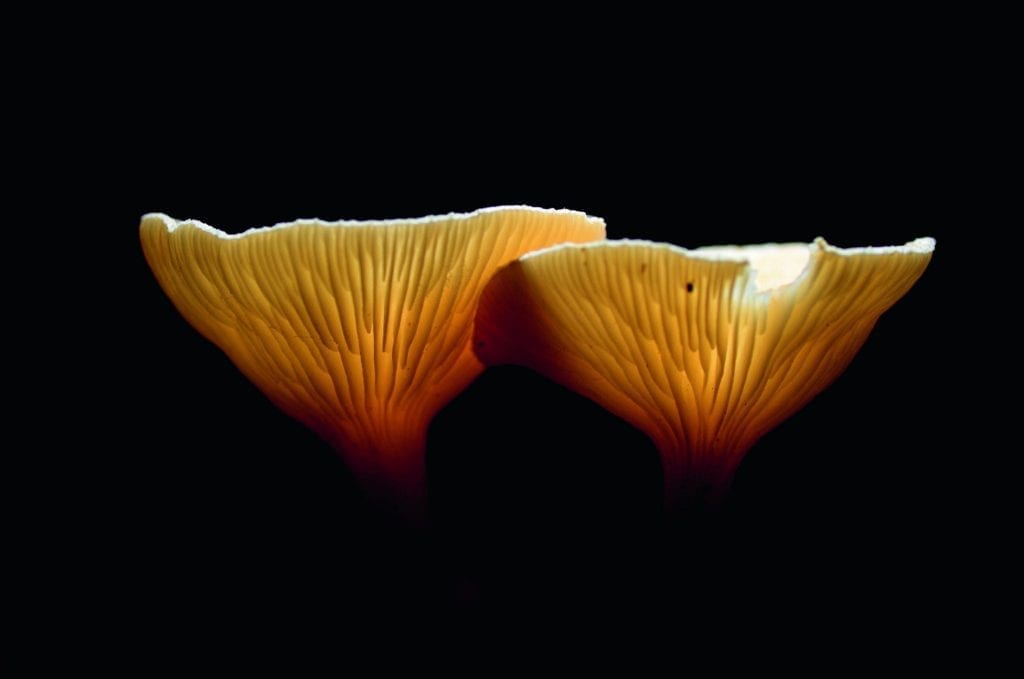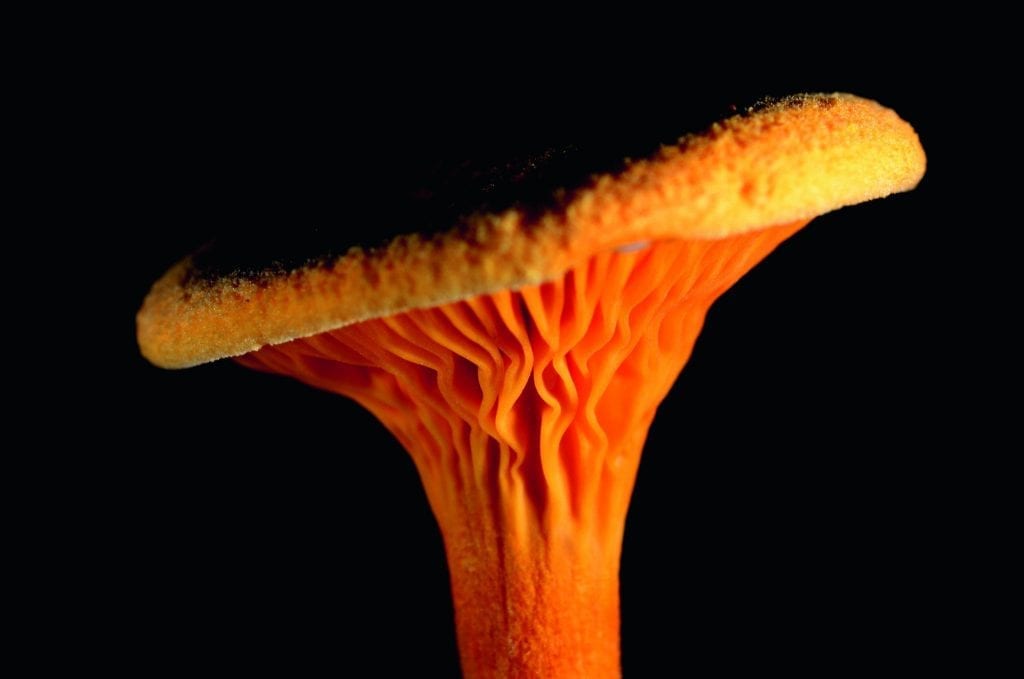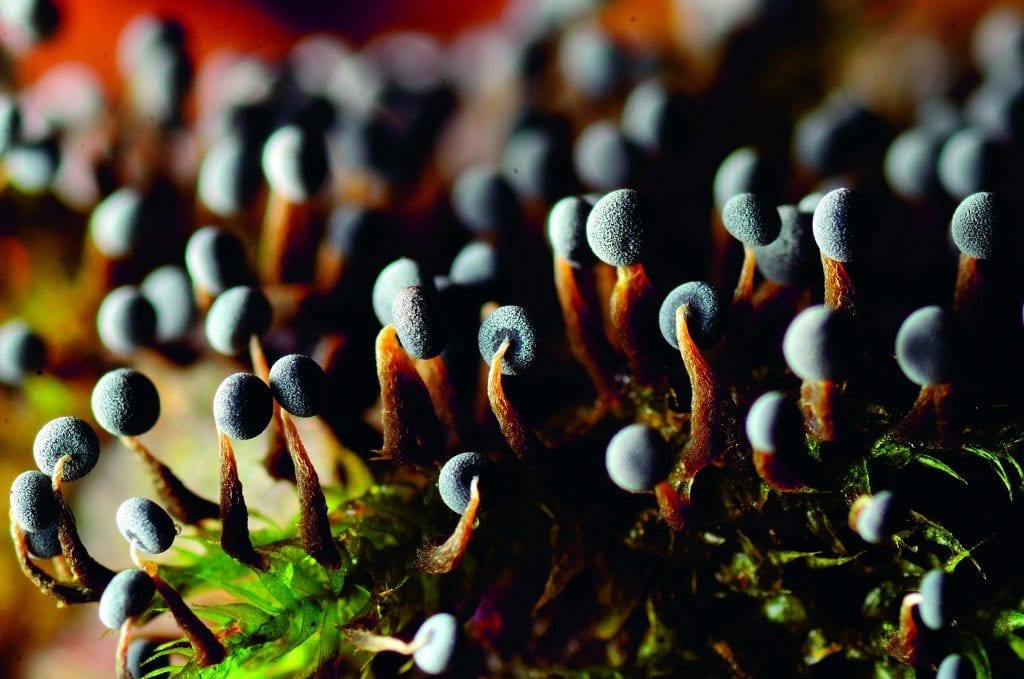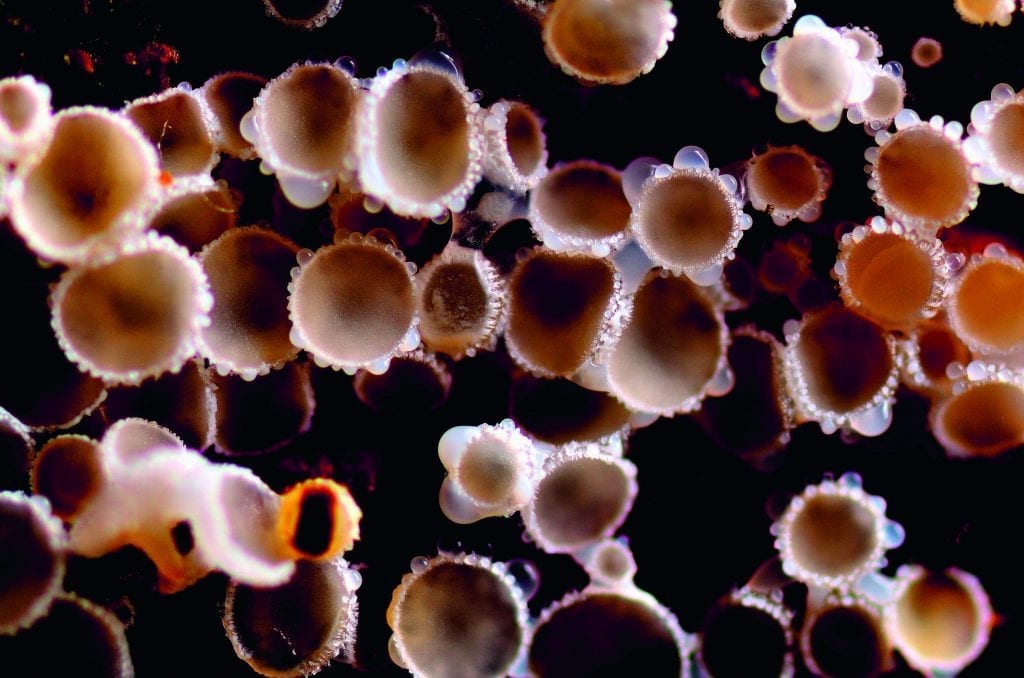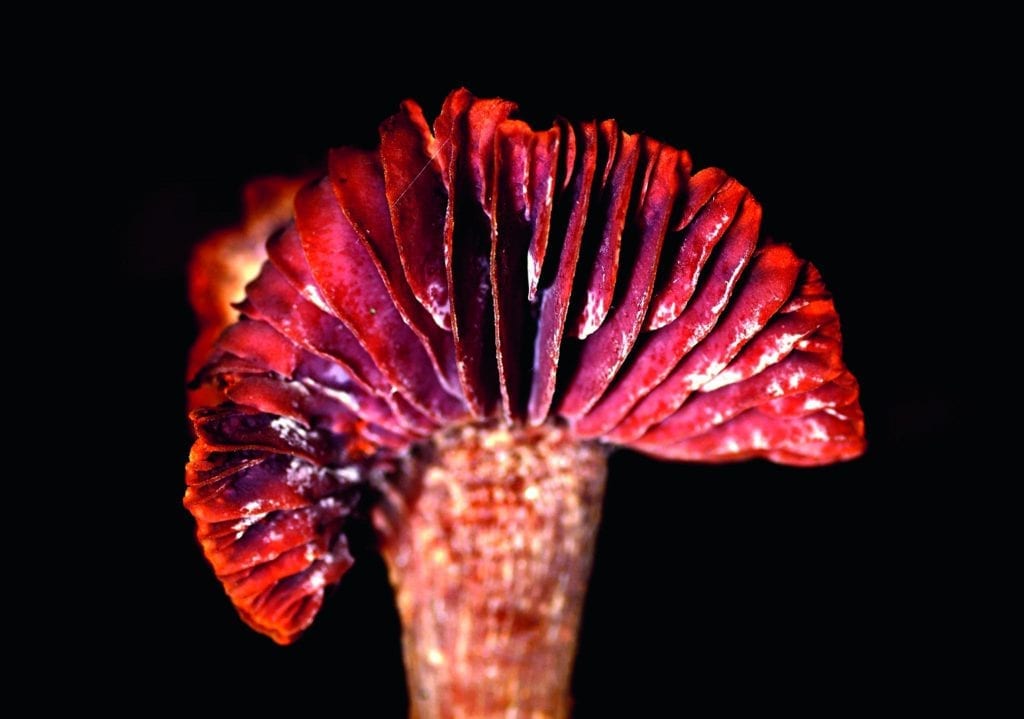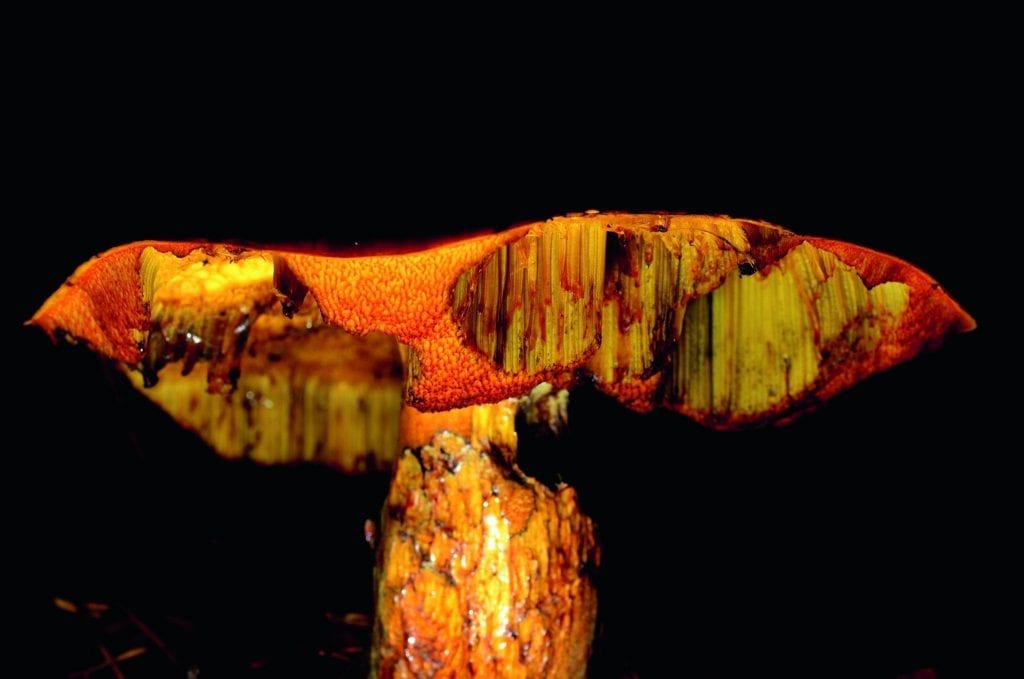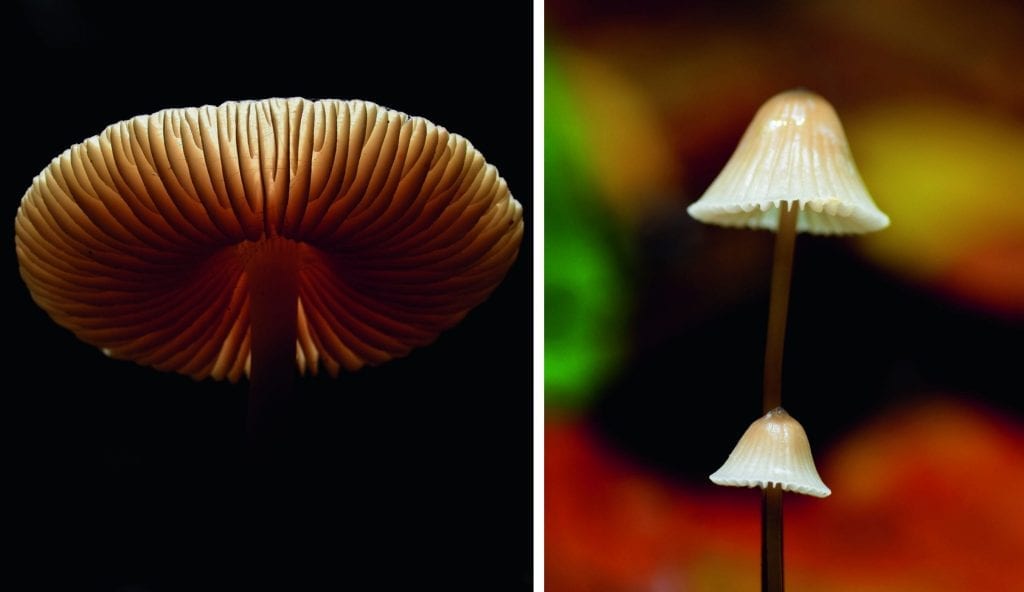Fungi are part of the natural cycle of life, often associated with decay. However, amongst the many varieties, includingmushrooms and toadstools, they can display a variety of bright and subtle colours and a fascinating range of shapes and sizes. Visit a temperate forest in the damp autumn months and, with a little bit of careful hunting and observation, you can find some stunning examples. Brussels-based amateur photographer Endre Sebok has done that, providing an impressive collection of examples shown here, mostly from Sonian Forest of Brussels. Also known as Foret de Soignes (French), Zoniënwoud (Flemish), it is a 4,400 hectare forest on the city’s south eastern flank, being literally the green lung of Europe’s capital.
These beautiful fungi are an appropriate metaphor for our move towards a more sustainable planet. Waste and decay have negative associations, but provide the food and energy to help the fungi generate something beautiful, but also essential to the cycle of nature. They can be disappointingly ephemeral, with spectacular examples lasting just a few days, but perpetual in their ability to return year after year to play their critical role. As they break down the ‘old’ in quietly spectacular fashion, they provide the nourishment for the next cycle of renewal and regeneration. The managers of the Sonian Forest recognise this in their policy to leave many dead trees in situ to provide the sustenance for the fungi, moss, insects and other wildlife contributing to this cycle of sustainable biodiversity. The forest is beautiful in any season, but the fascinating fungi combined with seasonal colour makes autumn particularly attractive.
Endre Sebok was born in Hungary, and grew up in Canada. With degrees in international relations and constitutional law, he currently works for a large international organisation in Brussels. An avid amateur photographer, he has focused on macro photography for the past three years.
